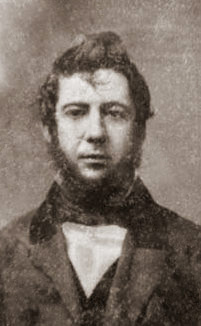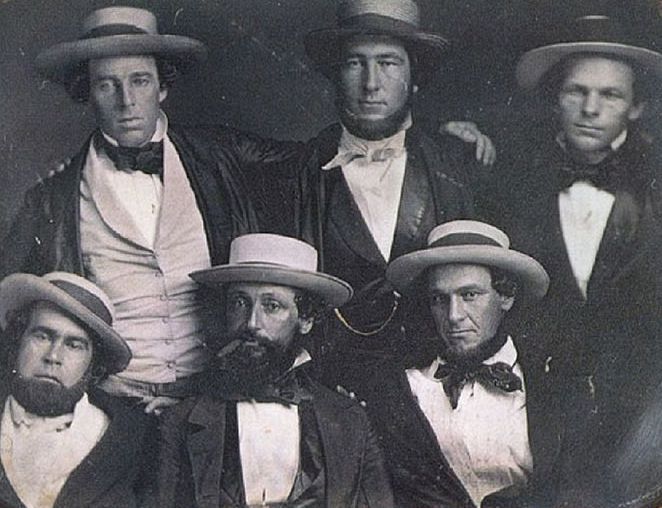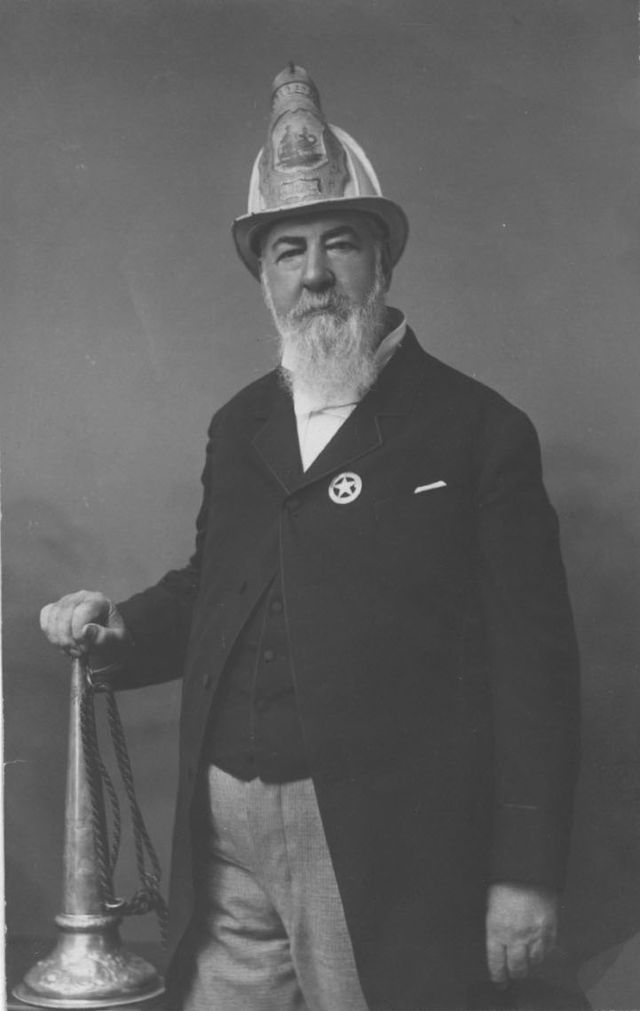For years, Major League Baseball disappeared its urban, urgent and English origins and created some hokum about a leisurely game being birthed in the pasture by Union General Abner Doubleday. Thankfully, credit for the sport’s beginnings were reassigned to Alexander Cartwright, and at long last a historical wrong had been righted, right? Except that was Hokum 2.0. With the aid of Baseball in the Garden of Eden by John Thorn, Rob Neyer of JABO writes of baseball’s ongoing grapple with authenticity. An excerpt:
“Alexander Cartwright, as you might know, is in Baseball’s Hall of Fame. According to his Cooperstown plaque, he was THE FATHER OF MODERN BASE BALL and a) set the bases 90 feet apart, b) established nine innings as the game length and nine players per side, and c) organized New York’s Knickerbocker club, which spread baseball to the Pacific Coast and even Hawaii.
All of which might well merit inclusion in the Hall of Fame, if true. But little or none of it is true. Here’s a key passage from Thorn’s book:
So what may we reliably say that Cartwright did? In 1866, Charles A. Peverelly credited him thus in his book of American Pastimes: ‘In the spring of 1845 Mr. Alex J. Cartwright, who had become an enthusiast in the game, one day upon the field proposed a regular organization, promising to obtain several recruits. His proposal was acceded to, and Messrs. W. R. Wheaton, Cartwright, D. F. Curry, E. R. Dupignac Jr., and W. H. Tucker, formed themselves into a board of recruiting officers, and soon obtained names enough to make a respectable show.’ Up to and including the Mills commission, this was the full reported extent of Cartwright’s ingenuity.
The Knickerbocker game during Cartwright’s tenure (he departed for the Gold Rush early in 1849) was almost never played with nine men to the side, but instead by as few as seven or as many as eleven. The number of innings was unspecified, as victory went to the side that was first to score twenty-one runs in equal turns at bat. The length of the baselines was imprecise, although latter-day pundits have credited Cartwright with divine-inspired prescience in determining a distance that would yield so many close plays at first. Sometimes referred to in histories of the game as an engineer even though he was a bank teller, and then a book seller, Cartwright was further credited with laying out the game on a diamond rather than a square. Yet even this was no innovation in 1845…
And so on and so forth.
So how did Cartwright get elected to the Hall of Fame in 1938? Largely through the efforts of his son Bruce and especially his grandson Bruce Jr., the latter of whom actually invented whole baseball-related passages for posthumous insertion into Cartwright’s Gold Rush diary, the original of which is actually ‘devoid of any remark about baseball.’
The Hall of Fame is a deeply weird place.”



